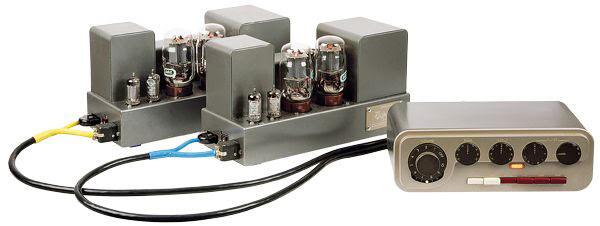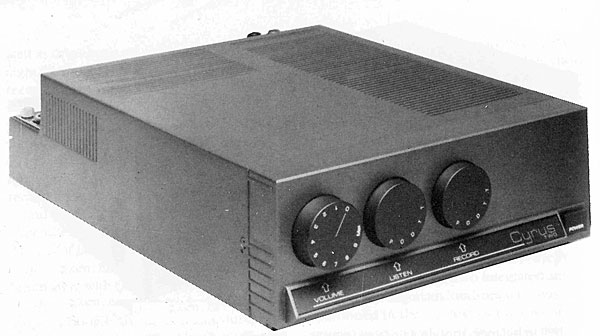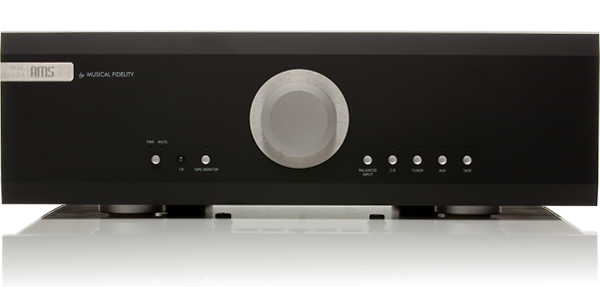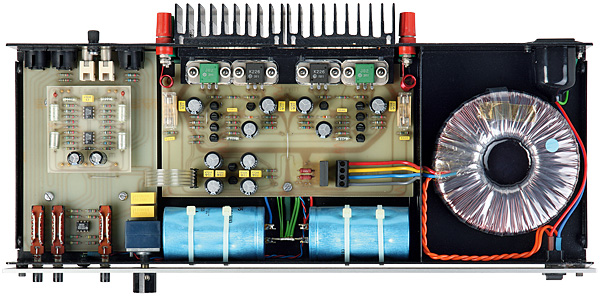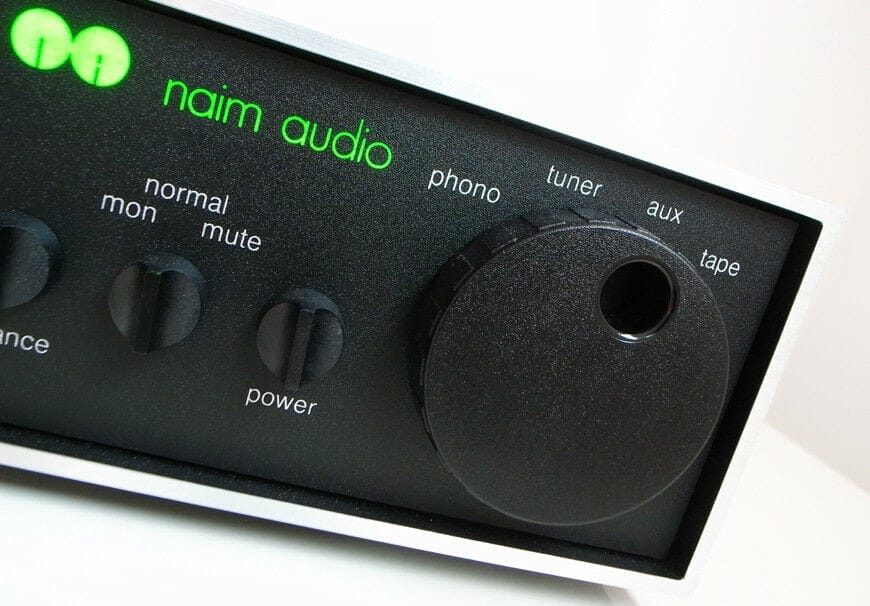The Quad II is one of the most well-known British power amplifiers, with a legendary reputation and a definite and iconic valve design. It was first released in 1953, and a corresponding preamplifier – the QC 22 – was added in 1959, just as stereo microgroove recordings became available. However, the early Quad IIs were mostly offered as a mono pair, with stereo pairs being sold later. It lasted until 1967, when the Acoustical Manufacturing Company replaced it with the solid-state 33/303, a decision that was divisive at the time and is still divisive now! It fell away like the British Empire, gradually fading from importance before being phased out in 1970…
The Quad II was designed to be housed inside a cabinet, such as a radiogram, complete with preamp, tuner, and turntable on a console, despite its traditional aesthetics. It was, however, completely finished with no visible elements, even the underside. The II was created to work with the QC 22, receiving power and signal from the latter through umbilical cords. The various channels are color-coded (blue for left, yellow for right or mono). Surprisingly, the mono option does not sum the stereo inputs, but instead sends the right channel’s signal to both channels.
The amp’s output impedance was originally set at 15 ohms for the Quad ESL-57 electrostatic loudspeakers it was designed for, but this can be adjusted by utilizing a different tap from the output transformer. The amp has normal 4mm loudspeaker terminals, however be aware that the 6-way Jones plug can be placed upside down, causing significant damage. Because there is no low or high frequency filtering, utilizing this small power amplifier with modern preamplifiers isn’t as simple as many might anticipate. As a result, equipment with a DC offset or that produces HF noise may cause problems. The Quad’s modest power – 15W isn’t enough to tear the skin off a rice pudding – necessitates careful matching to delicate speakers.
Nearly every example will have had some upkeep, and unfortunately, many prior owners like to ‘modify’ them. The mains transformers, which are a weak area in the design, may have been replaced, as well as passive components like capacitors. KT66 valves are straightforward to swap out, and the GZ32s are usually replaced with the more common GZ34, which is a Quad-approved change. Pursue originality; the most valuable examples are those that haven’t been tampered with. Although the majority of Quad IIs were built for low-impedance hi-fi loudspeakers, some were built for 100V line PA operation, which means the output transformer is inappropriate for hi-fi applications. On both channels, these are usually equipped with red loudspeaker sockets (instead of red and black). The degree of originality has an impact on the amplifier’s value; tatty modified models sell for under £500, while mint originals sell for almost £2,000.
If all of this sounds daunting, one listen to the Quad II will persuade you that it’s all worth it. It has a great soft and romantic tone to it, as well as a unique fluidity. There are few valve amplifiers that come close to it in terms of the things it excels at – it makes even the best of the others seem mechanical and tense. The negative is that there isn’t much power, therefore you’ll need to use extremely efficient loudspeakers (nothing less than 90dB/1w/1m would suffice) and not be a fan of heavy metal or electronic dance beats. It’s silky and sweet like no other, and it’s best with smooth acoustic jazz – but don’t expect it to get the party started!

